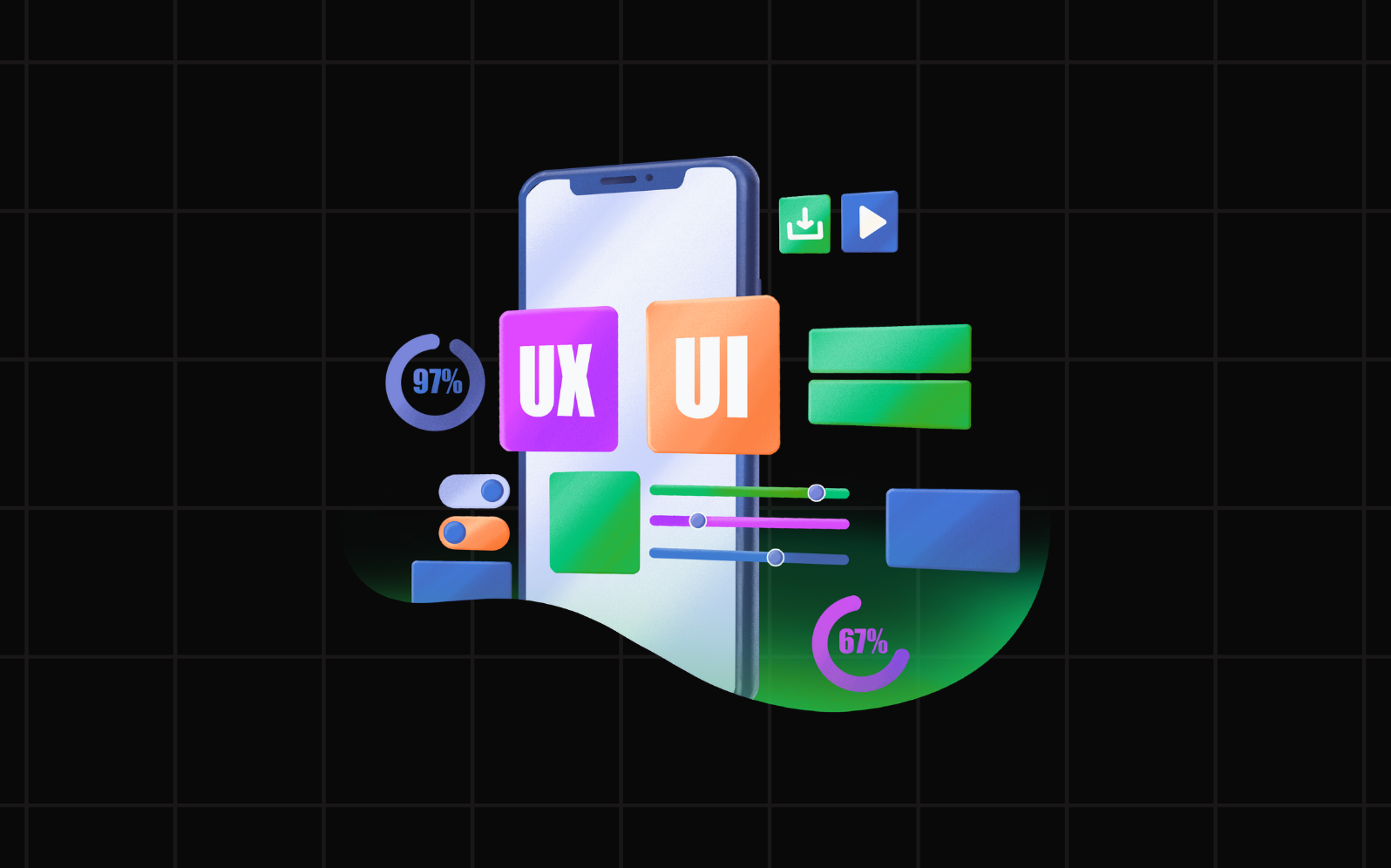Creating a seamless and engaging UI/UX experience is crucial for the success of any digital product. This case study explores the process of designing an application interface from conception to execution, focusing on challenges, solutions, and lessons learned.
The Project Overview
Our goal was to design a mobile application for a food delivery service that prioritizes user convenience, accessibility, and engagement. The target audience consisted of busy professionals and families looking for a quick and reliable way to order food.
Research Phase
The research phase involved understanding user needs, analyzing competitors, and identifying key pain points. This stage included:
- User Surveys: Conducting surveys to understand what users value in a food delivery app.
- Competitor Analysis: Examining the strengths and weaknesses of existing apps like Uber Eats, DoorDash, and Grubhub.
- User Personas: Creating personas to guide the design decisions.
Pros
Helps align the product with user expectations and needs.
Cons
Time-consuming and resource-intensive process.
Wireframing and Prototyping
Wireframes
Wireframes provided a blueprint for the application's layout and navigation. Tools like Figma and Sketch were used to create low-fidelity wireframes to visualize the user flow.
Prototype
A clickable prototype was developed to simulate the app's functionality, allowing stakeholders to provide feedback early in the design process.
Pros
Quick iterations help refine ideas and avoid costly mistakes later.
Cons
Limited interactivity in early prototypes may not fully convey the user experience.
Design Phase
Color Scheme
A vibrant color palette was chosen to evoke feelings of trust, hunger, and excitement. Colors like orange and green were used for call-to-action buttons and navigation elements.
Typography
The app used sans-serif fonts for readability on smaller screens, with a consistent hierarchy for headings, subheadings, and body text.
Icons and Imagery
Custom icons and high-resolution food images were incorporated to enhance visual appeal while maintaining fast load times.
Pros
A visually appealing design improves user engagement and retention.
Cons
Overemphasis on visuals can sometimes overshadow functionality.
Usability Testing
Usability testing was conducted with real users to identify areas of friction in the user journey. Feedback led to:
- Simplifying the checkout process.
- Enhancing the search functionality with filters.
- Improving the onboarding process for first-time users.
Pros
Ensures the product is user-friendly and intuitive.
Cons
Requires additional time and resources for multiple testing rounds.
Final Implementation
The final design was handed off to the development team with detailed documentation and component libraries to ensure seamless implementation. Key features included:
- Personalized Recommendations: Based on user order history.
- Live Order Tracking: To keep users informed of their delivery status.
- Dark Mode: For better accessibility in low-light environments.
Pros
Streamlined handoff minimizes discrepancies between design and development.
Cons
Small details may still be lost in translation without continuous collaboration.
Lessons Learned
- User Feedback is Vital: Early and frequent user feedback prevents design pitfalls.
- Prioritize Accessibility: A design that works for everyone enhances the product's reach.
- Collaboration is Key: Close collaboration between designers and developers ensures a better end product.
Conclusion
This case study highlights the importance of a user-centered approach in UI/UX design. From research to usability testing and implementation, every phase plays a critical role in creating a product that meets user needs and business goals. Effective UI/UX design is not just about aesthetics; it's about creating experiences that users love and businesses thrive on.
